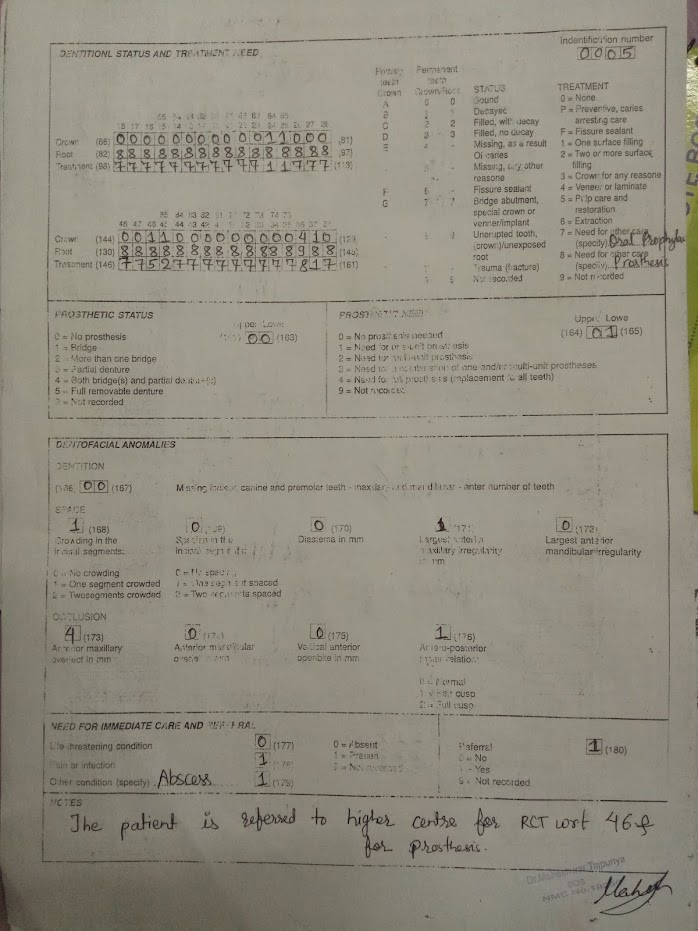# The health promotional phase in public health is between the years:
A. 1880-1920
B. 1920-1960
C. 1960-1980
D. 1980-2000
The correct answer is B. 1920-1960.
Four phases of public health have been recognized:
A. Phase one: Disease Control Phase (1880-1920)
The 19th century Public Health- matter of sanitary legislation and sanitary reform, safe water supply and waste disposal.
B. Phase Two: Health promotional phase (1920-1960)
At the beginning of the 20th century, the concept of health promotion emerged. As a result, in addition to disease control activities, one more goal was initiated. e.g. Maternal and child health, School health, mental health, occupational health and rehabilitation services.
C. Phase Three: Social Engineering phase (1960-1980)
Chronic conditions such as cancer, Diabetes mellitus (DM), cardiovascular diseases (CVD), and alcoholism, drug addiction occurred. These chronic health problems could not be tackled by the traditional approaches to public health i.e. isolation, immunization, and disinfection) nor they can be explained on the basis of germ theory (biomedical) of disease. The concept of risk factors (social, environmental, genetic and lifestyle) came into action as determinants of disease.
D. Phase four: Health for all phase (1980-2000)
Primary Health care, Health for all (HFA)- Health for all meant that every individual should have access to Primary Health Care



















